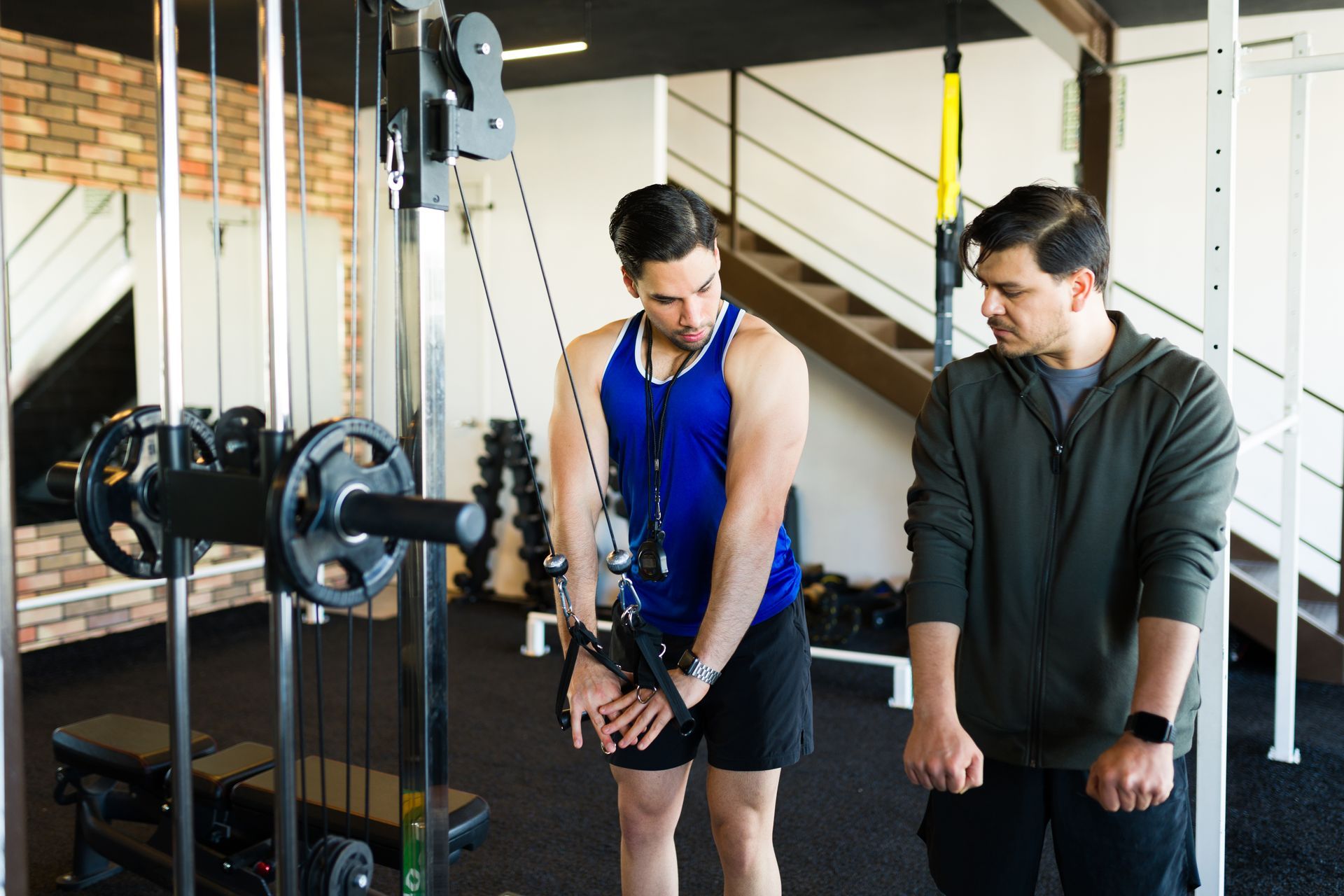May 23, 2023
The Role of Sleep in Athletic Performance and Recovery: Strategies for Optimizing Rest and Performance
Sleep is a critical component of athletic performance, recovery, and overall health. It plays a significant role in physiological functions such as muscle repair, memory consolidation, and hormonal regulation. As an athlete or fitness enthusiast, understanding the role of sleep in performance and recovery is essential for optimizing your training and achieving your goals. In this article, we will discuss the importance of sleep for athletic performance and recovery, and provide strategies to help you improve your sleep quality and overall well-being.

The Importance of Sleep for Athletic Performance and Recovery
Sleep is a crucial component of an athlete's life, as it directly impacts various aspects of performance, including reaction time, decision-making, and overall physical ability. It also contributes to the recovery process, which is essential for avoiding injuries and maintaining peak performance levels. Key benefits of adequate sleep for athletes include:
1. Improved reaction time and decision-making: Sleep deprivation can negatively impact cognitive functions such as reaction time, attention, and decision-making, which are crucial for athletic performance. Studies have shown that sleep-deprived athletes demonstrate slower reaction times and reduced accuracy compared to well-rested individuals (1).
2. Enhanced muscle repair and growth: During sleep, the body releases growth hormone, which plays a vital role in muscle repair and growth. Adequate sleep ensures that the body has ample time to repair damaged muscle tissues, reduce inflammation, and promote recovery after intense training sessions (2).
3. Better hormonal regulation: Sleep helps regulate critical hormones such as cortisol and insulin, which play essential roles in metabolism, muscle building, and recovery. Sleep deprivation can lead to an imbalance in these hormones, potentially affecting athletic performance and overall health (3).
4. Reduced risk of injury and illness: Studies have shown that athletes who consistently obtain adequate sleep are less likely to suffer from injuries and illnesses. Proper sleep supports a healthy immune system, making it easier for the body to fight off infections and recover from injuries (4).
Strategies for Optimizing Sleep and Performance
To improve your sleep quality and optimize athletic performance and recovery, consider implementing the following strategies:
1. Establish a consistent sleep schedule: Aim for 7-9 hours of sleep each night, and try to maintain a consistent bedtime and wake-up time. This will help regulate your body's internal clock, making it easier to fall asleep and wake up feeling refreshed (5).
2. Create a relaxing bedtime routine: Develop a calming pre-sleep routine to signal to your body that it's time to wind down. This may include activities such as reading, listening to calming music, or practicing relaxation techniques like deep breathing or meditation.
3. Optimize your sleep environment: Ensure your bedroom is conducive to sleep by maintaining a comfortable temperature, minimizing noise and light, and investing in a supportive mattress and pillows.
4. Limit exposure to screens before bedtime: The blue light emitted by smartphones, tablets, and other electronic devices can interfere with the production of melatonin, a hormone that helps regulate sleep. To promote better sleep, limit screen time at least an hour before bedtime.
5. Pay attention to your nutrition: Consuming a balanced diet and avoiding large meals, caffeine, and alcohol close to bedtime can help improve sleep quality. Additionally, consider incorporating sleep-promoting foods such as cherries, almonds, and kiwi into your diet.
6. Manage stress: Engaging in stress management techniques, such as mindfulness meditation, deep breathing exercises, and journaling, can help reduce stress levels and promote better sleep.
In conclusion, sleep plays a vital role in athletic performance and recovery. By prioritizing sleep and implementing strategies to improve sleep quality, athletes can enhance their performance, reduce the risk of injury and illness, and optimize overall health and well-being.
References:
1. Fullagher, M., & Daley, M. (2013). Sleep and human performance: a brief review. Journal of Exercise Physiology Online, 16(2), 1-12.
2. Dattilo, M., Antunes, H. K., Medeiros, A., Mônico-Neto, M., Souza, H. S., Tufik, S., & de Mello, M. T. (2011). Sleep and muscle recovery: endocrinological and molecular basis for a new and promising hypothesis. Medical Hypotheses, 77(2), 220-222.
3. Leproult, R., & Van Cauter, E. (2011). Effect of 1 week of sleep restriction on testosterone levels in young healthy men. JAMA, 305(21), 2173-2174.
4. Milewski, M. D., Skaggs, D. L., Bishop, G. A., Pace, J. L., Ibrahim, D. A., Wren, T. A., & Barzdukas, A. (2014). Chronic lack of sleep is associated with increased sports injuries in adolescent athletes. Journal of Pediatric Orthopaedics, 34(2), 129-133.
5. Watson, N. F., Badr, M. S., Belenky, G., Bliwise, D. L., Buxton, O. M., Buysse, D., ... & Tasali, E. (2015). Recommended amount of sleep for a healthy adult: a joint consensus statement of the American Academy of Sleep Medicine and Sleep Research Society. Sleep, 38(6), 843-844.





